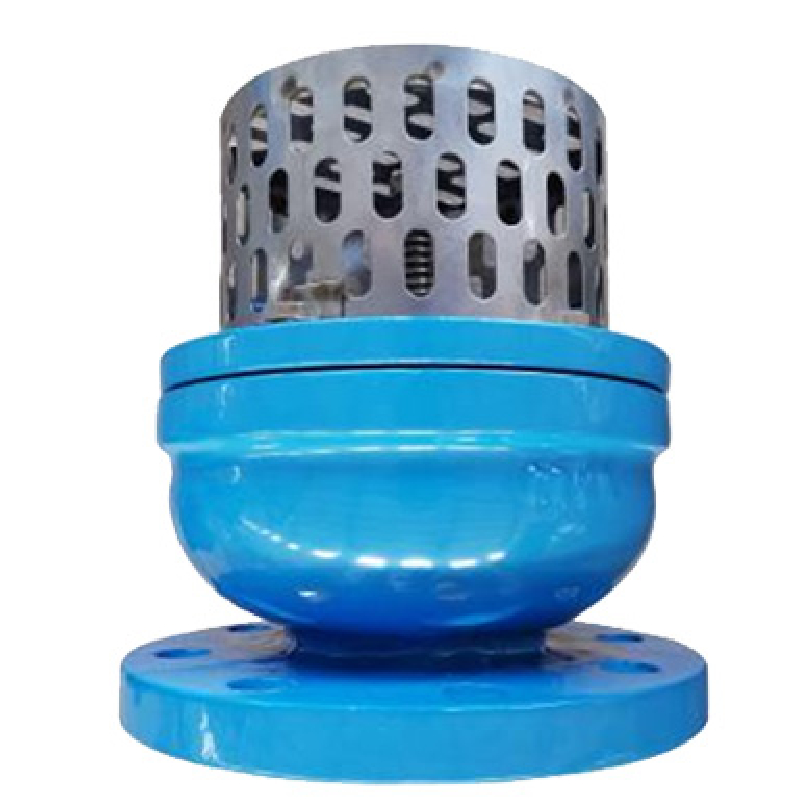ഡിസം . 29, 2024 20:04 Back to list
Flanged End Butterfly Valve Design and Applications Guide
The Butterfly Valve with Flange End An Essential Guide
In industrial and commercial fluid systems, the butterfly valve is a critical component that helps control the flow of substances through pipelines. Specifically, the butterfly valve with a flange end is widely recognized for its efficient performance, ease of installation, and versatility across various applications. This article delves into the design, functionality, advantages, and key considerations for selecting a butterfly valve with a flange end.
Design and Functionality
The butterfly valve features a disc that rotates around a central axis, enabling it to act like a damper to control flow. When the valve is fully open, the disc is aligned with the flow, allowing for minimal resistance. Conversely, when closed, the disc sits perpendicular to the flow, effectively sealing it off.
A flange end, which refers to the external rim or edge of the valve that allows for bolting onto pipelines or other equipment, enhances the valve's usability. Flanged connections provide a robust means of installation, ensuring tight seals and the ability to withstand high-pressure applications. Typically, these valves conform to various flange standards, including ANSI, DIN, and JIS, making them compatible with a wide range of pipe systems.
Applications
Butterfly valves with flange ends are used in diverse industries such as water treatment, chemical processing, oil and gas, HVAC systems, and food and beverage production. Their ability to quickly modulate flow makes them ideal for applications where precise control is necessary. Additionally, these valves are popular in large diameter piping systems due to their compact design and lightweight structure, which minimizes the burden on supporting structures.
Advantages
One of the most significant advantages of butterfly valves with flange ends is their excellent flow regulation capabilities. The design allows for smooth operation with minimal turbulence, reducing wear and tear over time. Furthermore, these valves are relatively easy to operate, often requiring just a quarter turn to open or close fully.
butterfly valve flange end

Another benefit is their low torque requirements, which reduces the energy needed to operate the valve. This efficiency can translate into cost savings in terms of both power consumption and maintenance. Additionally, because of their streamlined design, butterfly valves are less bulky than other valve types, making them easier to install and manage in tight spaces.
Key Considerations for Selection
When selecting a butterfly valve with a flange end, several critical factors must be considered
1. Material Compatibility The valve must be made from materials that can withstand the specific fluid or gas being transported, considering factors like temperature, pressure, and chemical makeup. Common materials include cast iron, stainless steel, and PVC.
2. Size and Pressure Rating The valve's size should match the pipeline's diameter, and its pressure rating should meet or exceed the system's requirements. Understanding the flow rate and the conditions under which the valve will operate is crucial for effective selection.
3. Actuation Type Butterfly valves can be manually operated or automated (electric or pneumatic). The choice of actuation should align with the operational needs of the system.
4. Standards Compliance Always ensure that the valve adheres to industry standards for safety and performance, which may vary by application and region.
Conclusion
Butterfly valves with flange ends represent a reliable and efficient solution for controlling fluid flow in various industrial applications. Their compact design, ease of installation, and excellent performance make them a preferred choice among engineers and operators alike. By carefully considering factors such as material compatibility, size, pressure rating, and actuation type, users can select the right butterfly valve to ensure optimal operation and longevity in their systems. As technologies evolve, these valves continue to play a crucial role in advancing fluid management strategies across multiple sectors.
Share